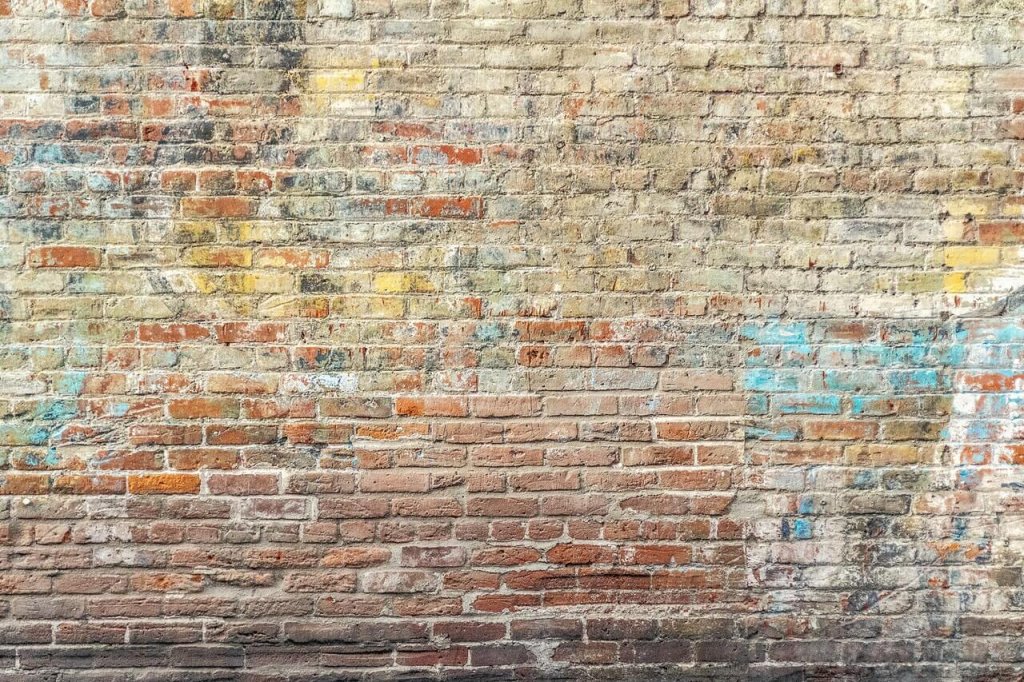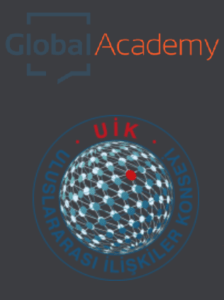
The terrorist attacks that have taken place across Europe over the last few years have largely been perpetrated and coordinated by an underworld where crime and extremism blur together. Chérif Chekatt, who executed the December 2018 Strasbourg Christmas Market attack, had 27 convictions for theft and violence under his belt by the time he was 29. He was radicalised while serving time in prison.
Of the some 5000 foreign terrorist fighters (FTF) that left Europe to travel to Syria and Iraq to fight for the so-called Islamic State (ISIS) and other terrorist groups, more than half had a criminal background or a history of violence. Many were known to the police or had served time in prison. Abderozzak Benarabe (otherwise known as “Big A”), who traveled to Syria to fight against Assad’s forces, was a convicted drug dealer and the leader of one of Denmark’s most notorious organised crime gangs.
While the existence of individuals with a criminal background in terrorist groups is not new, ISIS has taken it to another level. It is the first terrorist group to explicitly pursue, groom and recruit criminals for jihad.Their target is young men, often vulnerable or socially stigmatized, who are looking for a purpose in life or redemption from crime, drugs or gangs. This recruitment takes place both outside and inside prison.
Why criminals?
Criminals are particularly attractive candidates for terrorist groups as they have important skill sets and useful broader criminal connections. Criminal skills help terrorists to better organise attacks, for example, by providing them with easier access to weapons, forged documents or finance. Furthermore, criminals are often capable of handling weapons and explosives and are accustomed to violence, deceit, evading the police and are action ready. They are also usually well plugged into the illicit economy and both local and transnational black markets.
Today, the merging of criminal and terrorist networks has become increasingly pronounced. Terrorists frequently engage in countless criminal activities such as drugs (including taxing local drug dealers), gun running, people smuggling, the sale of human organs, antiquities trading and money laundering to raise funds for terror-related activities. According to a study carried out by the International Centre for the Study of Radicalisation and Political Violence, up to 40% of terrorist plots in Europe are at least partly financed through petty crimes.
Social media has been an important tool for recruitment. The former online magazine of ISIS, frequently published articles which encouraged criminal activity in the name of jihad. For example, one piece urged the taking of ghanima (wealth taken through force), fay (wealth taken without force) and ihtihab (wealth taken through fraud and deception).
Prisons have also become a hotbed for recruitment. In many cases, it is during time spent banged-up that criminals and extremists intermingle and links between the two are cultivated. In some cases, terror cells are even fashioned inside prison. The most vulnerable inmates are those that feel stigmatized for crimes they have committed, along with individuals with mental health or drug related issues.Those locked up for the first time are also particularly susceptible. In some cases, for self-protection, those that feel vulnerable decide to join groups of Muslim prisoners who generally socialize, pray and study together. In some cases, individuals decide to convert to Islam. However, this frequently makes them more vulnerable to extremist groomers who fill their heads with a dangerous interpretation of Islamic beliefs, such as those adopted by ISIS and al-Qaeda. The message of the recruiters is attractive to offenders. They are told that the crimes that they have committed are nothing to be ashamed of. Recruiters will congratulate individuals for committing a crime against kafirs (unbelievers) and encourage them to continue, but now ‘in the name of Allah’.Unfortunately, in many cases, prison services are understaffed or their officers undertrained in challenging hateful ideologies, dealing with radicalised individuals or spotting the signs of radicalisation.
The Redemption Narrative
While some individuals are seduced by narratives of redemption that provide, in their eyes, legitimacy to carry out further crimes and which appear to offer a gateway from marginalization, others are drawn by the excitement of violent action.
Turning to jihad is sold by recruiters as a way of legitimizing crime or guaranteeing the perpetrator and his/her family a place in paradise. Recruiters indoctrinate individuals with the same message: You are born to be a hero. These individuals are brainwashed into believing that they will save their souls and clear theirs pasts by waging jihad: that putting on a suicide vest and blowing themselves up is the quickest route to paradise, with all their previous sins being washed away.
Such redemption narratives have been very effective and used both in and outside of prison. Social media has also been key, including the (now closed down) online ISIS magazines Dabiq and Rumiyah. Innovative methods have been used to attract criminals. One extremely power example is a poster of an ISIS fighter holding a Kalashnikov rifle behind the slogan, “Sometimes people with the worst pasts create the best futures”. This image was widely shared on Facebook by Rayat Al-Tawheed, a London-based group of British ISIS fighters calling themselves the “Banner of God”.
Breaking the circle
Jihadism has provided a specious morality to urban delinquency, while delinquents have provided opportunities for jihadists. Preventing individuals from turning to crime or falling prey to radical individuals is the number one challenge in countering jihadist radicalisation. This means tackling the factors that push them into the radicalisation process in the first place.
The war against jihadist radicalisation and all other forms of violent ideologies leading to terrorism will be won or lost at the local level. To this end, more needs to be done to develop effective programmes to target marginalized communities and build up their resilience which prevents vulnerable youths from falling into crime or victims of extremist ideologies. Communities should be at the heart of prevention efforts, including community police, schools, and social services, etc. At the same time, more needs to be done to control jihadists and their gangs inside prison, particularly those prisons that do not segregate and the networks linking radicalized members inside and outside prisons.It is crucial that prisons avoid overcrowding, that staff are trained to spot the signs of radicalisation and that prison officers have good communication with the security agencies. Creative approaches need to be put into motion to offer attractive alternatives to a life of crime or violent extremism or both.
_______________________________________________________________________________________________

Amanda Paul is a Senior Policy Analyst at the European Policy Centre (EPC) in Brussels. Her main areas of expertise are Turkish foreign and domestic policy, security and conflict resolution in the Black Sea region, and Russian foreign policy in the former Soviet space. Since 2016 she has also worked extensively on the challenge of violent extremism leading to terrorism with a particularly strong focus on jihadist radicalisation in the EU and its neighbourhood. She has contributed to and edited three major EPC books on these issues. She has previously worked at the Centre for European Policy Studies (CEPS), the European Commission and the German multinational, Henkel.
To cite this work: Amanda Paul , “The Rise of Gangster-Jihadists”, Panorama, Online Publication, 9 Jun 2020, https://www.uikpanorama.com/blog/2020/06/09/the-rise-of-gangster-jihadists/
Copyright@UIKPanorama. All on-line and print rights reserved. Opinions expressed in this work belongs to the author(s) alone, and do not imply endorsement by the IRCT, the Editorial Board or the editors of the Panorama.



